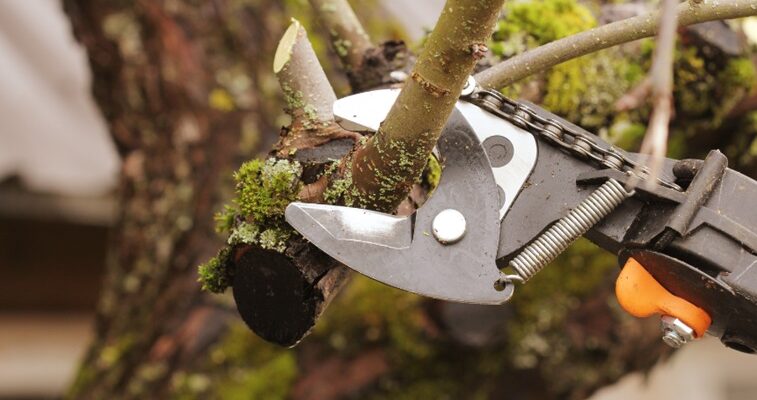Pruning is a critical aspect of tree care that directly influences tree health, growth, and safety. Trees benefit from seasonally appropriate pruning practices that align with their natural growth cycles, making each season’s approach to trimming unique. Whether you’re looking for tree service in Cumming, GA, understanding seasonal pruning requirements can greatly improve the longevity and appearance of your trees.
Why Seasonal Pruning Matters
Trees undergo significant changes throughout the year, from the growth surge in spring to dormancy in winter. Pruning based on seasonal needs allows for optimal growth, reducing risks related to disease, pest infestation, and structural weaknesses. Pruning at the right time can also enhance a tree’s aesthetic, maintain safety around your property, and prevent the need for more aggressive tree trimming down the line.
For example, tree services often recommend pruning in late winter to allow fresh cuts to heal quickly as growth begins in spring. However, each season offers its own set of benefits and considerations.
Pruning in Different Seasons
Pruning is done in different seasons for different reasons and benefits. Let’s look at the different seasons of pruning and why they are done:
Winter Pruning: Preparation for Growth
Winter, particularly late winter, is one of the most effective times for pruning most tree types. During this dormant period, trees have halted active growth, reducing the risk of disease or pest attraction through fresh cuts. Without foliage, the structure of the tree is also more visible, making it easier to identify any weak branches or overgrowth issues that need attention.
Pruning in winter promotes strong spring growth, enabling trees to thrive as temperatures rise. This seasonal strategy is particularly beneficial for larger trees or those with significant structural concerns.
Spring Pruning: Early Trimming with Care
Spring is a period of high activity for trees as they enter a new growth phase. While light pruning and removal of dead branches can be done in early spring, heavy pruning is usually avoided to prevent interfering with the natural growth cycle.
For flowering trees, timing is especially important; early-blooming trees are best pruned after they flower, whereas late-blooming trees can be pruned earlier in the season. For homeowners considering spring pruning, consulting with a tree care professional can be invaluable for maintaining tree health. For more insights on the benefits of pruning and timing recommendations, you can refer to this blog.
Summer Pruning: Targeting Structure and Safety
Summer pruning, often done in early summer, helps maintain shape and structure. This season is ideal for managing trees that may have grown unruly or for addressing low-hanging branches that could pose safety risks. Additionally, removing excess growth can direct more energy to remaining branches, encouraging stronger structure and overall health.
If done too late in the season, however, summer pruning may make the tree more vulnerable to heat stress or limit its energy reserves for the winter. It’s essential to carefully assess the tree’s condition and consult a professional to avoid potential drawbacks of summer pruning.
Fall Pruning: Minimal Intervention
Fall is generally not recommended for pruning as trees begin their transition to dormancy. During this time, cuts may heal more slowly, increasing the risk of disease and pest infestation. Additionally, pruning in fall may interfere with the tree’s energy conservation for winter. Light removal of weak or dead branches is often sufficient for fall, with major pruning tasks best deferred to late winter.
Additional Tree Care for Each Season
Beyond pruning, trees benefit from seasonal care activities such as watering, mulching, and fertilization. For a detailed breakdown of seasonal tree care practices, this guide offers excellent insights. By combining these practices with seasonal pruning, property owners can ensure their trees receive year-round support for optimal health and beauty.
Working with a Professional Tree Service
Pruning may seem straightforward, but effective tree care requires an understanding of tree biology, growth patterns, and specific seasonal requirements. Working with professionals such as those offering tree services can provide expertise tailored to both local tree species and seasonal conditions. Experts can also identify the ideal pruning times and techniques to use, helping to avoid common mistakes such as over-pruning or improper cutting angles.
Benefits of Professional Pruning Services
- Safety: Trained professionals manage risk around power lines, tall branches, and heavy limbs.
- Quality Cuts: Proper cuts that align with the tree’s structure and promote healthy regrowth.
- Disease Prevention: Identification and removal of diseased branches before they spread.
- Aesthetic Improvements: Techniques that improve a tree’s natural shape and appearance.
Whether your trees need shaping, safety pruning, or disease management, professional tree care services are equipped to provide high-quality maintenance suited to seasonal needs.
Conclusion
Understanding the seasonal needs of tree pruning can make a substantial difference in the health and beauty of your trees. By tailoring pruning practices to align with each season’s unique requirements, homeowners can support natural growth cycles while addressing structural and aesthetic needs. For those with limited experience in tree care, consulting a professional tree service can ensure that pruning is done safely and effectively.
Embracing seasonal pruning can be a worthwhile investment, leading to healthier, more vibrant trees that enhance your landscape all year round.








Comments